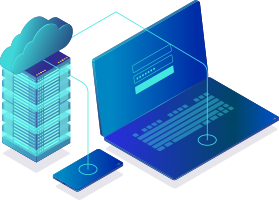The whois protection is addressed to those who want to keep the anonymity of the purchased domain and not only that.
For normally registered domains, anyone can see the domain owner, email address,
phone number, home address, etc. With this service, all details are hidden. Of course you will
will effectively protect against spam, as domain harvesting is one of the techniques used
for collecting email addresses used for spam. In the case of .ro domains, there is no whois protection
valid. The ROTLD registration policy provides for hiding data only for registered .ro domains
on the natural person, for those registered on the legal person the data are not hidden.



